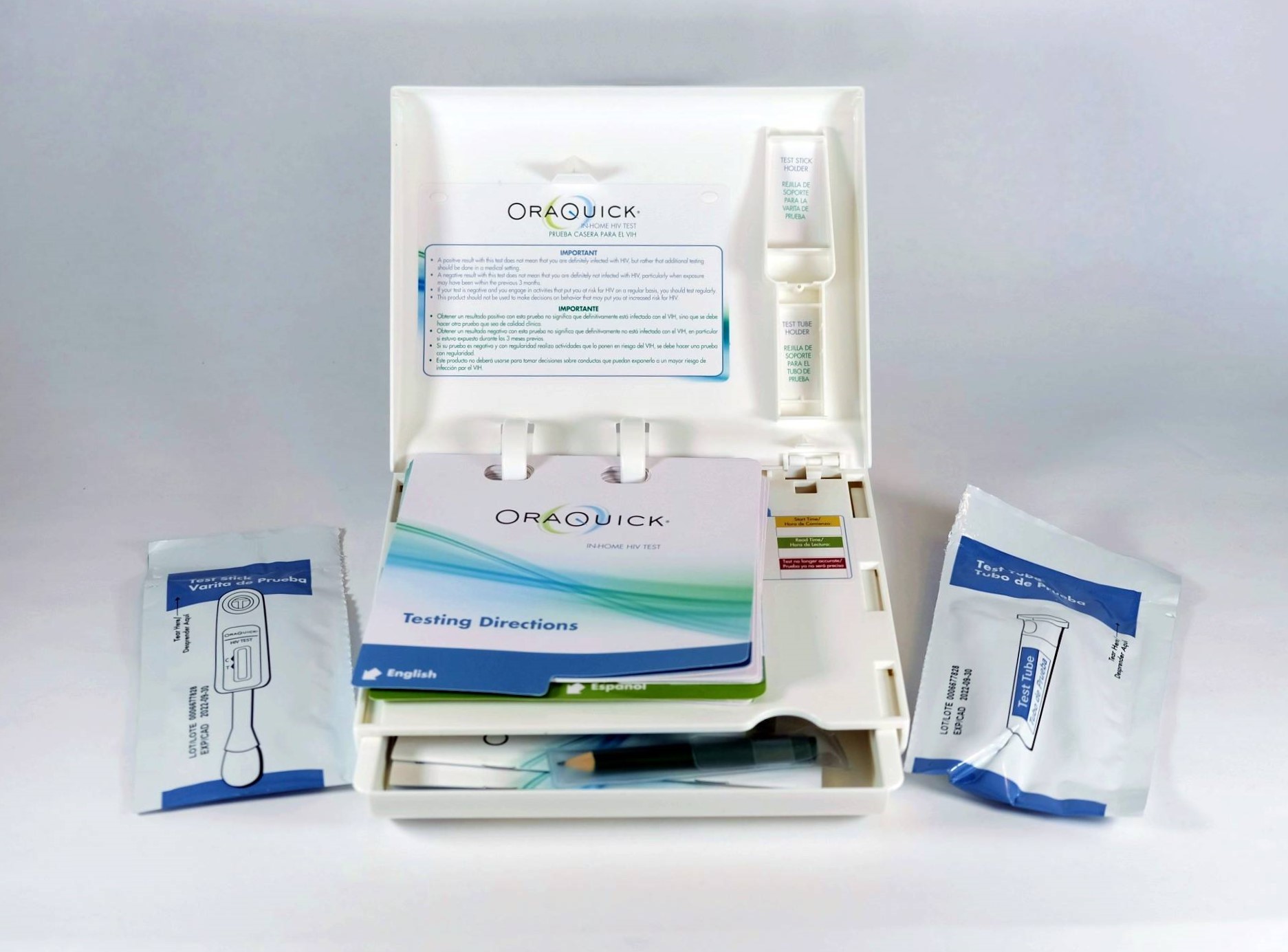“Our people: we are responsible for ourselves and others”
– Traditional Alaska Native Value [10]
Last updated April 2021
What is HIV?
‘HIV’ stands for Human Immunodeficiency Virus. It is a virus that attacks the immune system. It weakens the immune system and makes it harder for the body to fight off infections and some types of cancers. There is no cure for HIV, but with proper medical care, HIV can be controlled[3]. With the proper management plan, a person living with HIV may have a normal life expectancy.
ORDER A FREE HIV SELF-TEST KIT
HIV self-test kits are available for free to any mailing address in Alaska. Tests are shipped directly and discreetly to you. It’s the comfort of knowing on your own terms.
There are many things to consider when learning more about HIV, such as:
- Types of HIV
- How HIV is spread
- How HIV is treated
- What happens when HIV is untreated
- Who is at risk for HIV
- How to reduce risk for HIV
- Where to go for testing or treatment
Types of HIV
There are two main types of HIV, called HIV-1 and HIV-2. Both HIV-1 and HIV-2 can be spread between people in the same ways and they both may result in Acquired Immunodeficiency Syndrome (AIDS), without proper management.
How is HIV spread?
HIV spreads through infected blood or other body fluids, like semen and vaginal secretions. Transmission can happen by:
- having vaginal, anal or oral sex with a person who is HIV positive whose blood, semen or vaginal secretions enter the body. HIV can enter the body through sores in the mouth or small tears that can happen in the rectum or vagina during sex. Using condoms correctly and consistently can help reduce the risk of HIV spreading between partners.
- sharing needles or syringes used for injecting drugs, hormones, steroids or tattooing puts individuals at high risk for getting HIV. Sharing needles, syringes and other injection equipment also place individuals at high risk for contracting other conditions, like syphilis and hepatitis B and C.
- blood transfusions can also put individuals at risk of HIV infection. Hospitals and blood banks in the United States screen the blood supply for HIV antibodies, which lowers the risk of HIV transmission.
- during pregnancy, delivery or through breastfeeding, HIV-positive mothers can pass the virus on to their baby. Getting treatment from a health care provider during pregnancy can significantly lower the risk of transmission to the baby.
How is HIV treated?
There is currently no vaccine to prevent HIV, and there is no cure for HIV or AIDS, but there are treatment options to slow the progression of HIV in the body. The treatment for HIV is called antiretroviral therapy (ART). ART involves taking a combination of medications every day. It is recommended for everyone with HIV, and it should be started as soon as possible. The goal of ART is to reduce the amount of virus in your body, also called the viral load, to an undetectable level. If you are on treatment and have undetectable levels of HIV in your body, you cannot transmit HIV to HIV-negative partners through sex.
Remember: Undetectable = Untransmittable[8].
While ART does not cure HIV, it can help those living with HIV live longer, healthier lives and reduce the risk of HIV transmission to others.

What happens if HIV is left untreated?
HIV that is mismanaged or ignored can be categorized into four stages of disease:
Who is at risk for HIV?
HIV can affect anyone regardless of their race, ethnicity, gender, age or sexual orientation. It can also be found in every community – urban, suburban and rural. While HIV does not discriminate, some groups are at higher risk for HIV infection. The individuals at the highest risk for HIV infections are:
- Sexually active men who have sex with other men
- People of color, specifically persons who identify as part of the Black, African American, Hispanic and Latino racial and ethnic groups
- Transgender women who have sex men
- Persons who inject drugs
In addition to the populations above, there are certain behaviors that may put people at a higher risk for contracting HIV or transmitting it to another person[5].
Risk factors include:
- Injection-drug use
- People who exchange sex for money or drugs
- Sex partners of people with HIV
- Sexually active men who have sex with men
- Heterosexuals who themselves or whose sex partners have had ≥1 sex partner since their most recent HIV test
- People receiving treatment for hepatitis, tuberculosis or a sexually transmitted disease
- People who themselves or their sex partner(s) have been diagnosed with any STIs
How do I reduce my risk for HIV?
There are more tools now than ever to help protect against HIV. Persons living with HIV also have several opportunities to take action on preventing the transmission of HIV.
Where can I go for testing or treatment?
To learn more about HIV testing or treatment, visit our page on HIV testing. To receive guidance on safer practices to reduce your risk, consider speaking to a local health care provider or trusted adult.
- Get tested at a local health care facility. Need help finding one? Search for a local testing center through the CDC’s HIV testing resource site.
- Alaskans who are HIV-positive or at high-risk may utilize the Alaska Native Tribal Health Consortium HIV/AIDS Clinical Services program to get connected with case management, counseling, referrals and HIV/STD testing.
- The Alaskan AIDS Assistance Association (Four A’s) offers support to HIV-positive individuals and their families. Some of the services they provide access to include medications, health insurance, housing, behavioral health treatment, nutrition support, and oral health care.


